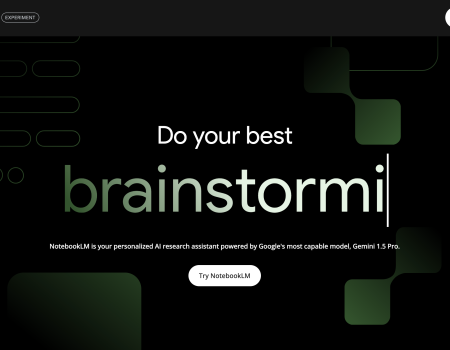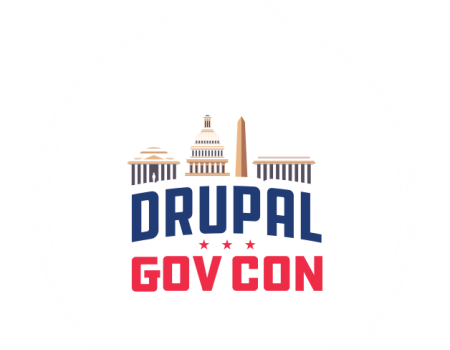Takeaways from my CSM & CSPO classes
Recently, I attended a Certified Scrum Product Owner (CSPO) class. Two weeks later, I took the Certified Scrum Master (CSM) class and exam. Because of COVID-19, both classes were online. Because they were online, the classes were also quite a bit less expensive than had I attended in person.
These are my takeaways from the two classes.
CMS Certification Takeaway
The most surprising thing I learned in the CSM class was also my biggest takeaway, and that is to prioritize the work of development teams.
In fact, prioritization is probably the of the most significant reasons and benefits for pursuing an agile approach to software development. This is because of the three tenets of software development:
- It is impossible to collect, analyze, and know all of the details of all the software requirements (scope of work) at the beginning of the project.
- Throughout the project, it is guaranteed that some or all of the requirements are likely to change and evolve, i.e., scope creep.
- We will never have enough time, money, and resources to do everything we would like to do and have in an information system.
Therefore, we MUST prioritize. We must focus on the MVP - the minimum viable product so when, not if, time, money, and resources do run out then we will have assured ourselves and our stakeholders that whatever got done was the most important priorities set at the time.
The second takeaway was the concept of servant-leadership.
The Scrum Master is to act as a servant-leader while facilitating daily scrums and removing obstacles for the dev team. This was surprising for me because I’m used to seeing and hearing about bosses that prioritize their own agenda and expect their dev teams to overwork themselves, navigate obstacles without help from management and have little or no voice regarding these challenges.
To learn about leaders who put their people ahead of themselves, who work hard to remove obstacles for the convenience of their team, seems to flip the traditional method of leadership upside down. Most bossy bosses set the terms and conditions of the project and expect people to deal with it. But as a scrum master, the focus is on the team members and their needs.
In terms of application to the workplace, the most important takeaway I have from the CSM class is that the role of a scrum master is to be an advocate for your team and make sure the dev team is well-supported.
Now that I have absorbed the concept of servant leadership, I realize that this is indeed part of the culture of Agileana. I didn't quite realize or appreciate that until now. It makes working at Agileana more refreshing.
CSPO Certification Takeaway
The content of the Certified Scrum Product Owners class had some overlap with the CSM class, which was helpful because there were some concepts that were nice to have explained again.
In the CSPO class, an important takeaway was the impact of defining the “definition of done.”
At the top of the article, I wrote about the 3 tenets of software development, the first one being, "It is impossible to collect, analyze, and know all of the details of all the software requirements (scope of work) at the beginning of the project." Yet, in the CSPO class, we emphasized the importance of definition of done.
What I have realized about agile, particularly scrum, is that rather than tackling the enormity of all the requirements of a huge project, it is far better to break them up into smaller pieces and tackle pieces at a time.
So, with agile, there is also this concept of iteration. Instead of doing one massive discovery phases followed by a single massive design phases and then a single massive development phase, etc., We break things up into smaller, repetitive cycles.
We will do a little bit of discovery - just enough to create a prototype or a proof of concept. Do a little bit of design - just enough for the developers to get started. Do a little bit of development - just enough to test that piece of functionality with beta testers. Then, we get feedback, decide on improvements, and repeat.
But when we do approach this sprint, we need to ensure that we have a clear definition of done so everybody is aligned and focused on exactly what needs to get done by the end of the sprint.
Most importantly is that we focus on the user. That is why we call it a user story. As a [type of user], I want to [do something] so that I can [get some kind of benefit]. The concept of user centered design (UCD) is paramount and pivotal to software development and fundamental to the Product Owner because the PO represents the user as much, if not more, than the stakeholders.
Overall, I think that both the CSM and CSPO classes were engaging and the material was presented relatively clearly.
The entire class was run over Zoom. We collaborated via a tool called Mural (which is a great tool), and we were placed into smaller groups where we worked through exercises in Zoom breakout rooms. The breakout sessions were helpful because we were able to practice, on a very small scale, what we were learning.
I would recommend these classes for anyone that works in an agile environment or is interested in project management. I think that these styles of project management are innovative, ethical, and efficient.


